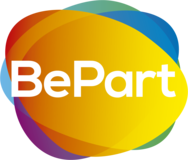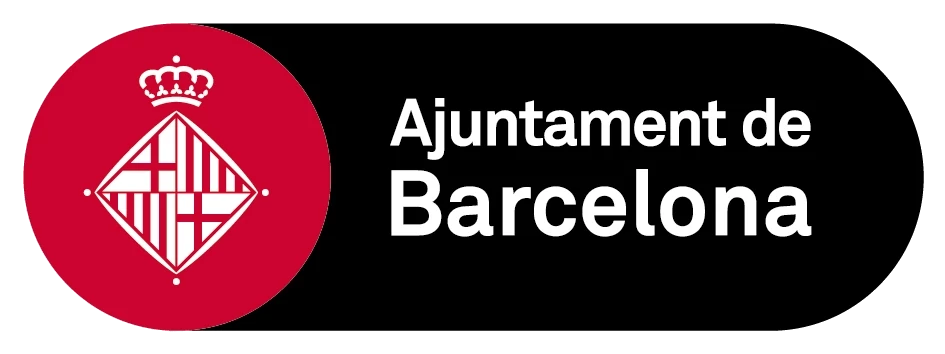Extra Module - 1ed
Teacher Capacity Building Programme
What do students need?
Work with the Fellowship and facilitate them in a needs assessment exercise.
Organise a needs assessment workshop with your students
How?
1. THE WORKSHOP: Gather your students (online or offline, depending on your Covid-19 regulations) for a two to three hours session;
2. INTRO. Explain the content of the session and the objectives of this process: they have a great occasion for their voices to be heard! You will be facilitating.
3. EXERCISE IN PAIRS. Ask students to pair up! Each pair of students will interview each other to explore their needs as individual students and their ideas about needs of their broader student body;
4. WRITE UP. Get them to write their anonymous answers to the questions in the document we share with you! (You might need to translate the questions in your language. No need to translate the answers back to English!)
5. SHARE BACK. Come back to the big group session and discuss together what they found and their ideas! You will be facilitating.
Link to the document with the questions
Escola Secundária Paços de Ferreira
Why?
Context Analysis
Remember the context analysis canvas we discussed and that you worked on with your colleagues?
👇
Hot Topics
The analysis of the school context helps teachers identify what they think are the “hot topics” that are alive in the school. Identifying these topics can be a good starting point for supporting students in assessing what the needs of the student population are, in order for the participatory process to be centered around these concerns.
👇
New Space for Concerns
This step can also be a chance for teachers and students to address areas of work that they don’t usually have time to work on, due to their busy schedules and to school priorities.
👇
Next step: needs assessment exercise
Supporting students to understand and express the most important needs or problems of their community.
As we have explored so far, students have not always been consulted in decision making processes that affect them.
This approach involves the students – or a part of them – in achieving the so-called research, in elaborating the action strategies and in implementing the proposed changes, on a community level.
This exercise can be reiterated, nuanced and repeated again in the future.
This is an “emancipating” approach, as the students are involved in the research as co-participants. It supposes reflection and self-reflection, stimulating the community of students to become more aware of their collective problems.
By involving students in expressing their own viewpoints and in offering solutions, one would expect the motivation for one’s participation to rise and the student community empowerment to be strengthened.
Inspiration
Şandru, C. (2014). Participatory Needs Assessment in Local Communities. Methodological Aspects. Bulletin of the Transilvania University of Braşov, Series VII: Social Sciences and Law, (2), 97-104.




